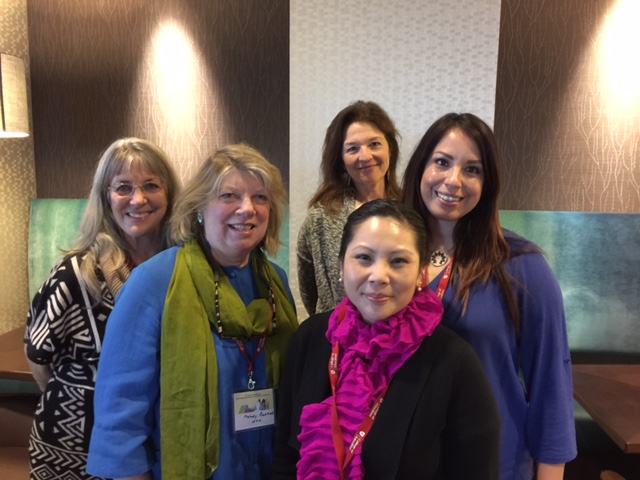
Research has shown that students learn better through interactive, multisensory education, using some combination of sound, touch, vision and movement.
An associate professor at the WSU College of Nursing in Vancouver wanted to know whether that same multisensory approach could help prepare nursing students for the challenges of an intense, fast-paced profession.
Connie Kim Yen Nguyen-Truong, Ph.D., and three colleagues offered creative teaching techniques in nursing classes, then documented students’ reactions. The paper, “Techniques to Promote Reflective Practice and Empowered Learning,” has been published in the Journal of Nursing Education. Nguyen-Truong’s co-authors are Andra Davis, Ph.D., Assistant Professor; Melody Rasmor, Ed.D., Clinical Assistant Professor; and Lida Dekker, Ed.D., Emeritus Clinical Associate Professor, all of the WSU College of Nursing Vancouver; and College of Nursing alumna Cassius Spencer, DNP. Davis, Spencer, and Rasmor led the creative techniques in classes, along with Nguyen-Truong.
“While upholding the standards of nursing education, we strive to dismantle teaching approaches that constrain learning environments,” Dr. Nguyen-Truong and her colleagues wrote.
The creative techniques used in the classroom were poetry-reading, mindfulness, making string figures, and cartooning difficult subject matter. Each had a different goal. In the case of the poetry-reading, for example, students listened to recitation of a poem about nursing, written by Nguyen-Truong, then were encouraged to discuss their feelings about the profession and managing challenges on the job. The string-figure exercise had the students learn together how to loop and weave string, teaching them teamwork, cooperation, and the importance of listening.
The exercises were offered to RN-BSN students, who responded with rich discussion, thought-provoking comments, insights and humor.
“Nurse educators have exciting opportunities to enrich their teaching-learning toolkit in ways that activate individual and collective learning outside of a traditional… format,” concluded Nguyen-Truong and her colleagues. “Multisensory training in education may enhance learning as well as support development of a successful career in complex work settings.”
